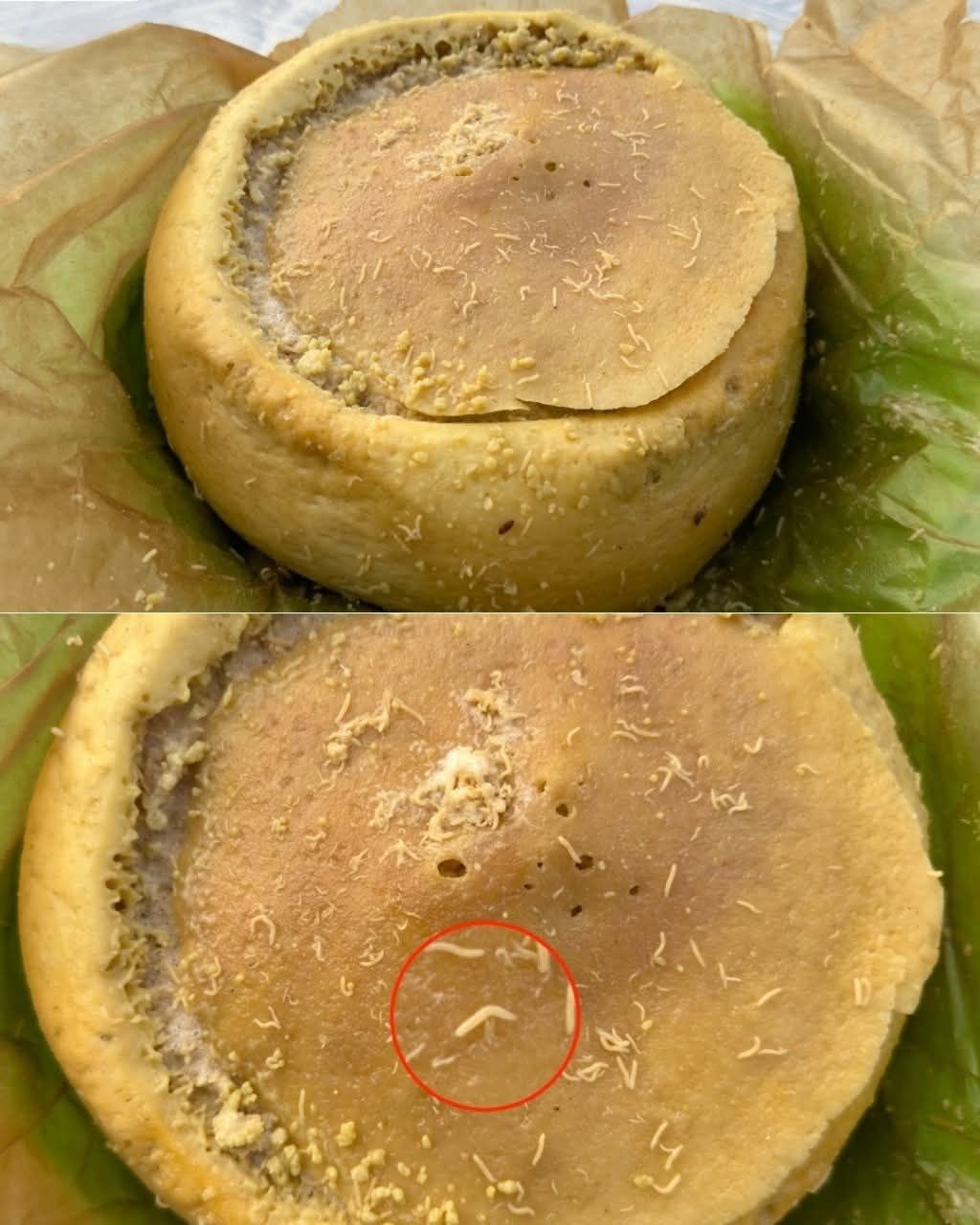ADVERTISEMENT
8. Cassava (South America, Africa, Asia)
Cassava is a staple crop, but its raw leaves and roots contain cyanogenic glycosides, which release cyanide when eaten. It must be peeled, soaked, and cooked properly to make it safe. Ingesting it raw can be fatal.
9. Raw Cashews
The cashews sold in stores are pre-steamed to remove urushiol, a toxic compound also found in poison ivy. Raw cashews, however, are highly poisonous and can cause severe allergic reactions or death if consumed in large quantities.
10. Elderberries
Popular in syrups and jams, elderberries must be fully ripe and thoroughly cooked. Raw or unripe berries contain cyanogenic glycosides, which can cause nausea, vomiting, and diarrhea. Cooking deactivates the toxins, making them safe to eat.
11. Monkey Brains (Asia and Africa)
Made infamous by Hollywood, the consumption of monkey brains has historical roots in some cultures. But it carries the risk of transmitting fatal brain diseases, such as Creutzfeldt-Jakob disease. Fortunately, it’s now largely illegal and uncommon.
12. Fesikh (Egypt)
This traditional fermented fish dish is consumed during Egypt’s Sham el-Nessim festival. If not prepared and stored correctly, fesikh can harbor harmful bacteria, leading to severe food poisoning. Health authorities issue annual warnings before the holiday.
13. Hákarl (Iceland)
Hákarl is fermented Greenland shark meat. Fresh shark meat is toxic due to high levels of uric acid and trimethylamine oxide, so it’s buried for months to ferment and become safe—albeit notoriously smelly. Its intense ammonia scent makes it a challenge for even locals.
Final Thoughts
While these foods may be considered delicacies or cultural staples in their native countries, they come with serious risks. Proper preparation, expert knowledge, and informed consumption are key to enjoying them safely.
Love culinary oddities or daredevil dining? Just remember: some risks aren’t worth the bite.
ADVERTISEMENT


